A Visit to Carisbrooke Castle, Isle of Wight
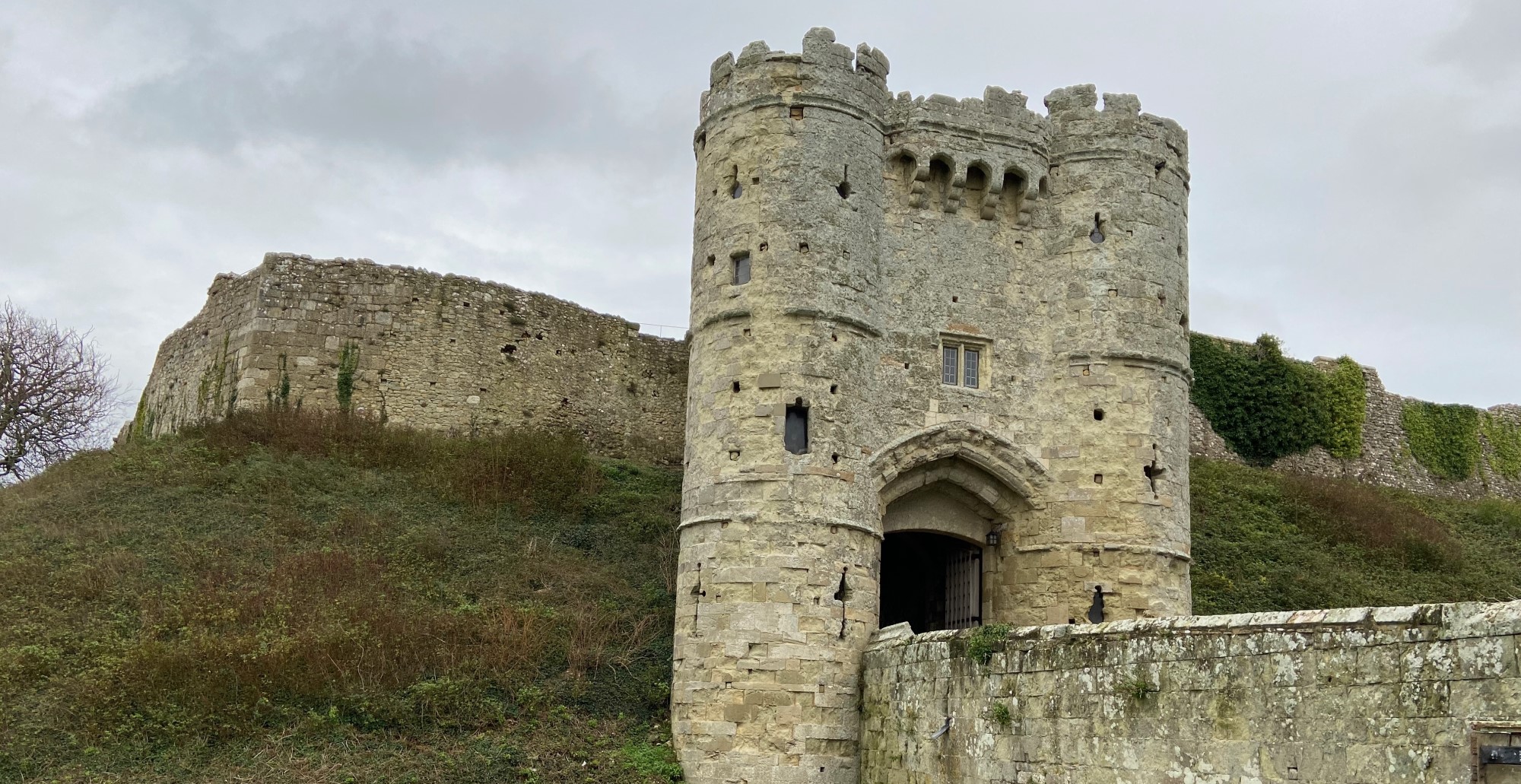
Here’s the second part on my recent visit to the Isle of Wight.
Although we were staying on the Osborne estate we had time to explore other parts of the island, including Carisbrooke Castle, where Charles I was held captive – in relative comfort – for fourteen months before his execution. Charles tried to escape but was trapped when his body got stuck in the window frame. Not surprising as he was fed meals of over twenty courses! The image below is of the room where Charles slept – although this wasn’t his actual bed.
The Stuarts and the English Civil war have always been the part of history I like the least. I had to study them for A Level History and got put in detention for refusing to write a test essay on the Long Parliament because I’d chosen not to study it. My year had a huge syllabus to cover as we were (as an experiment) being forced to do 3 history papers – English, European and American. I decided to focus within each of the papers on a certain number of topics and ignore the rest.
I loved the Tudors but found all the politics of the Cromwellian period deadly dull. Probably smarting from that detention I’ve avoided the period ever since. I gave the teacher advance warning that I wasn’t studying the Long Parliament and asked for another topic to be tested on. She refused.
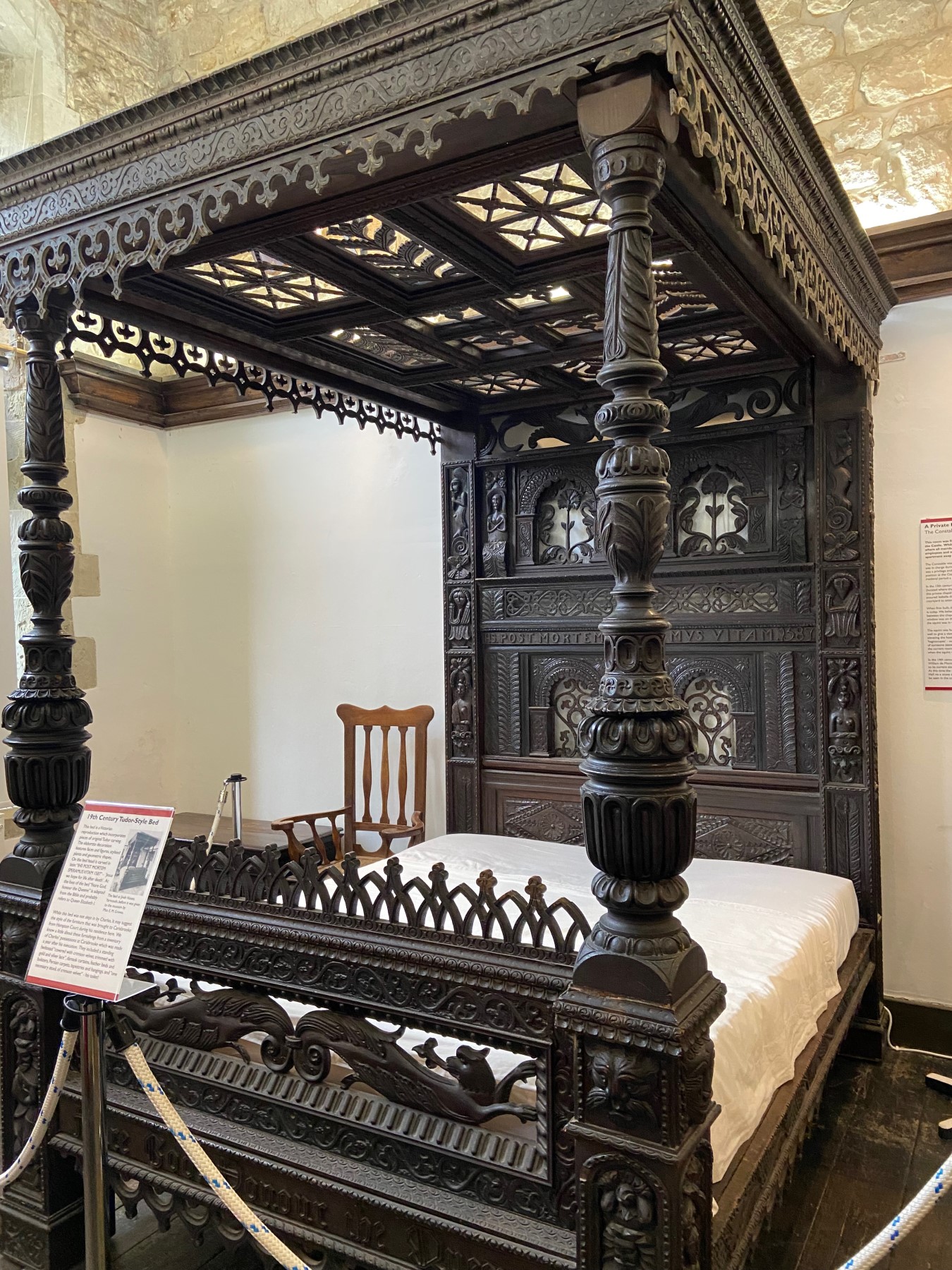
I asked if instead I could carry on with my revision on Cardinal Wolsey. Answer – no – so I took out a pack of cards and started playing patience instead. I must have been a nightmare to teach! My visit to Carisbrooke, while reading Robert Harris’s excellent Act of Oblivion has caused me to rethink my decades long prejudice.
Carisbrooke is at the top of a hill and is a classic motte and bailey structure with a Norman keep and walls. The part where Charles I was imprisoned (in relative comfort) is more recent. It was extended during the Edwardian period when Queen Victoria’s youngest daughter Princess Beatrice lived there. She was governor of the Isle of Wight after her husband, the previous governor died.
It was a bitingly cold day when I visited and I was sorry for the staff who were working in the museum with no heating. The museum, in the building where Beatrice had her summer home, is a fascinating, old-fashioned mishmash of items celebrating the history of the island with a substantial part about Charles, including some of his clothing. I was particularly pleased to find in one of the drawers, where photographs and maps are stored, a facsimile of the king’s death warrant signed by Ned Whalley and his son-in-law, William Goff who are the characters in Harris’s book. Walley is in the first column and Goff in the third.
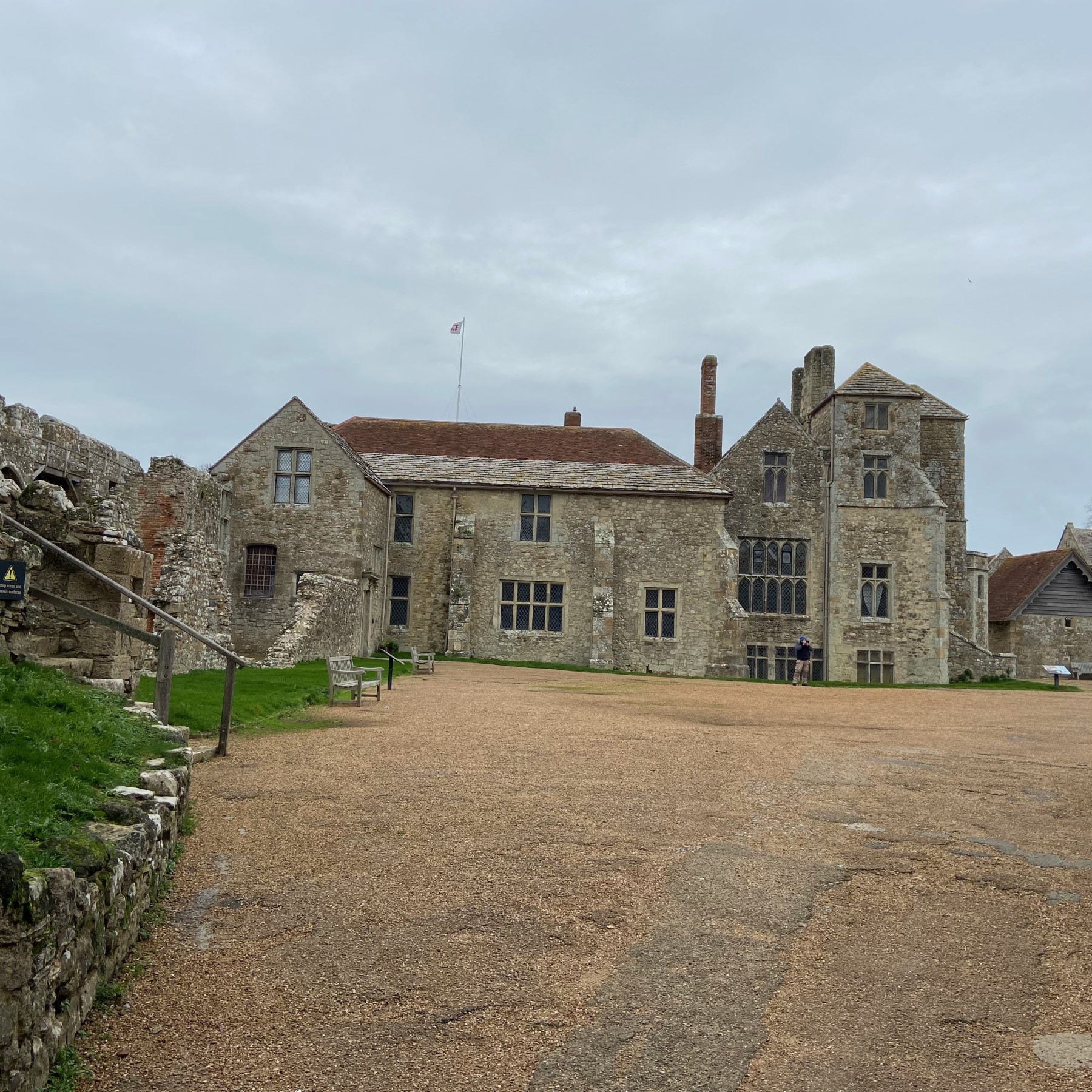
Following the Restoration there was a general pardon to the Roundheads (The Act of Oblivion) – with the notable exception of those who’d signed the death warrant or presided over the king’s trial. All those captured met a grizzly death by public hanging, live disembowelling and quartering, but Whalley and Goff evaded capture by fleeing to America. Harris’s book is the account of their time there and the efforts of (fictitious) Richard Nayler to capture them. I highly recommend it.
There’s evidence of how island life has changed over the last century (more slowly than in most of the UK) including live testimonies from agricultural workers. The museum collection comprises over 35000 items including toys, clothing, and paintings.
The castle has a delightful Edwardian garden, based on that created by Princess Beatrice.
There’s a beautiful chapel – actually a relatively recent creation as it was built in 1904 to commemorate the 250th anniversary of Charles’s execution. The stained glass window was commissioned by Beatrice in memory of her son who was killed at Ypres and the chapel was later dedicated to all the WWI dead of the island.
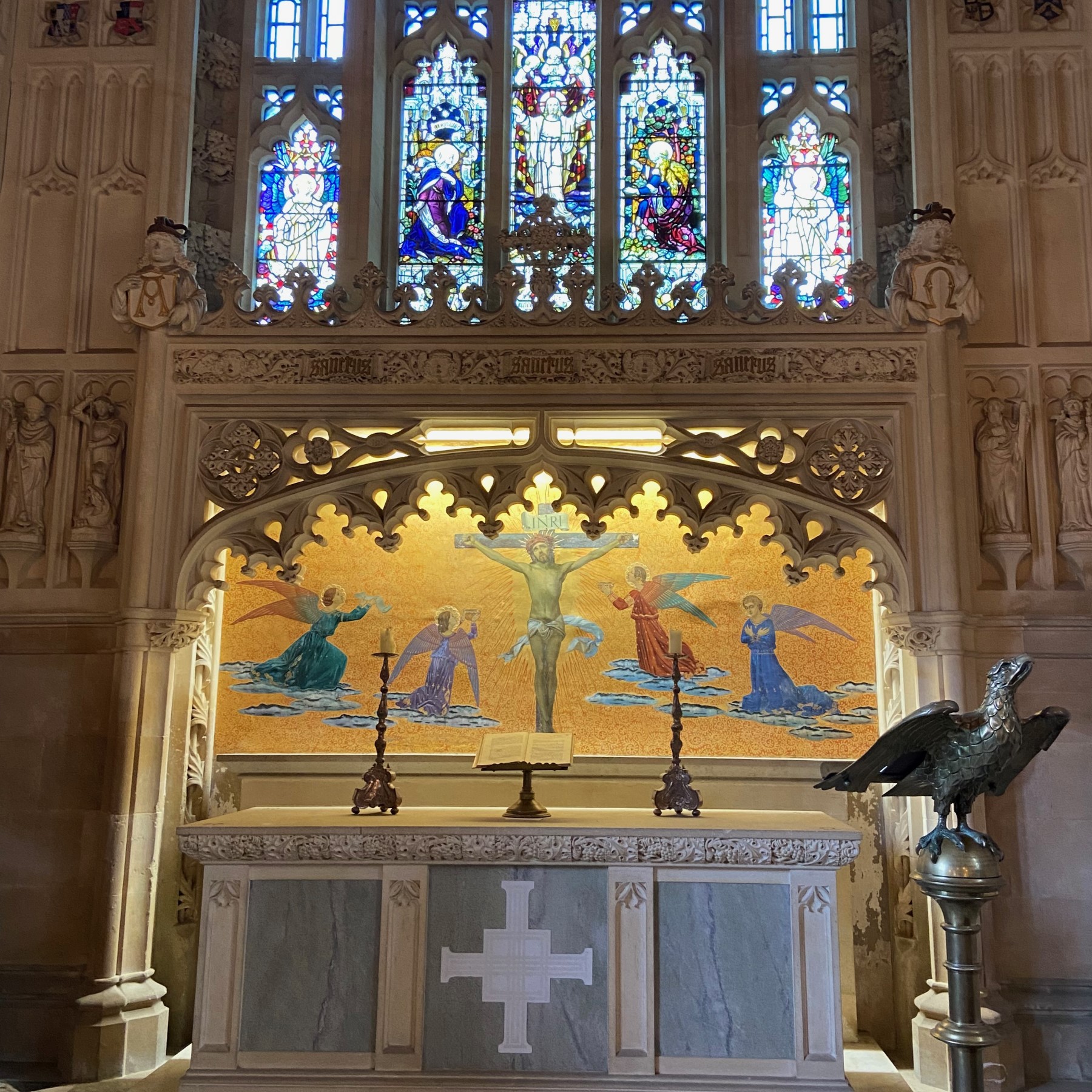
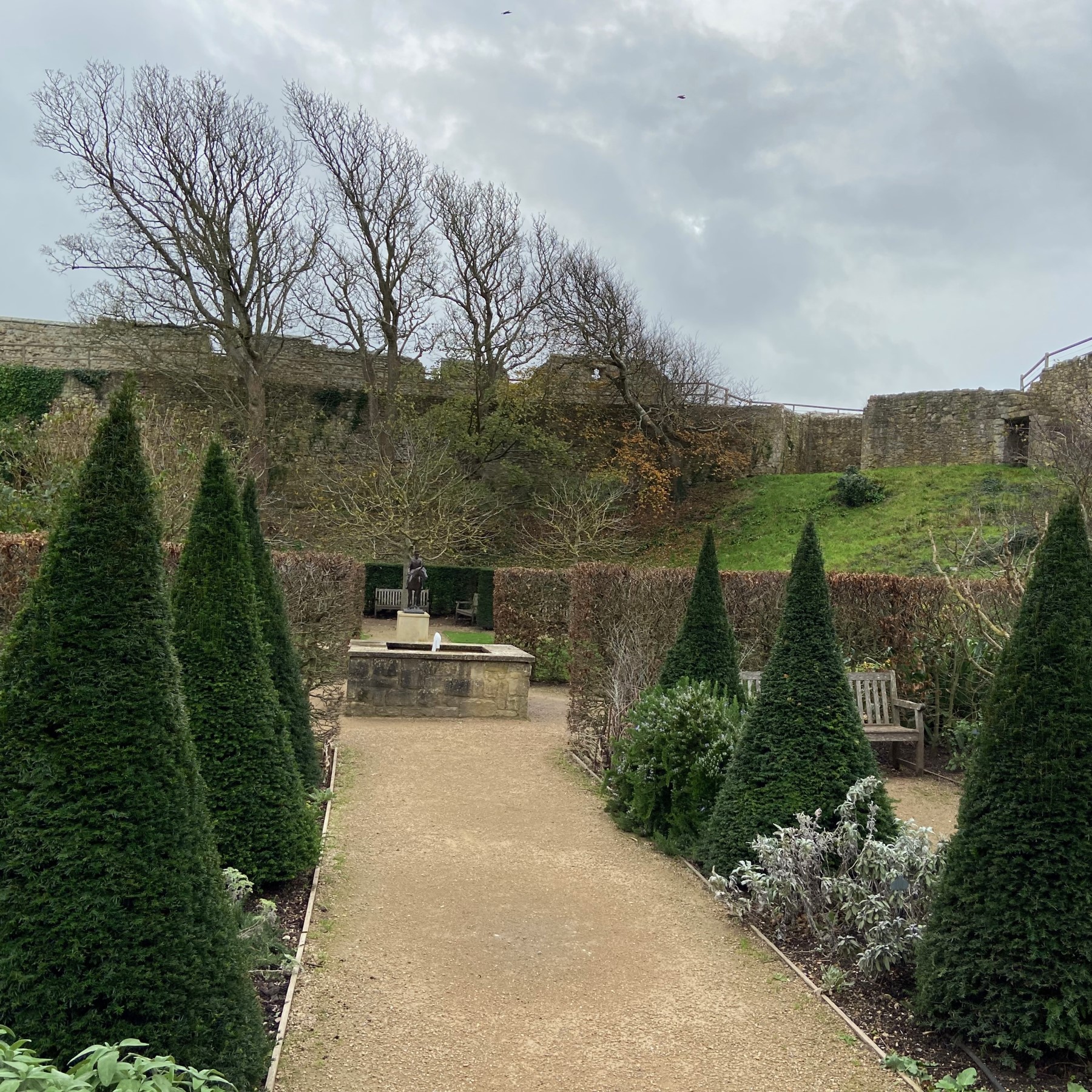
Carisbrooke is a classic romantic hilltop castle – with the added bonus of its interesting museum. Well worth a visit. Oh, and did I mention the donkeys? There are lots of them!

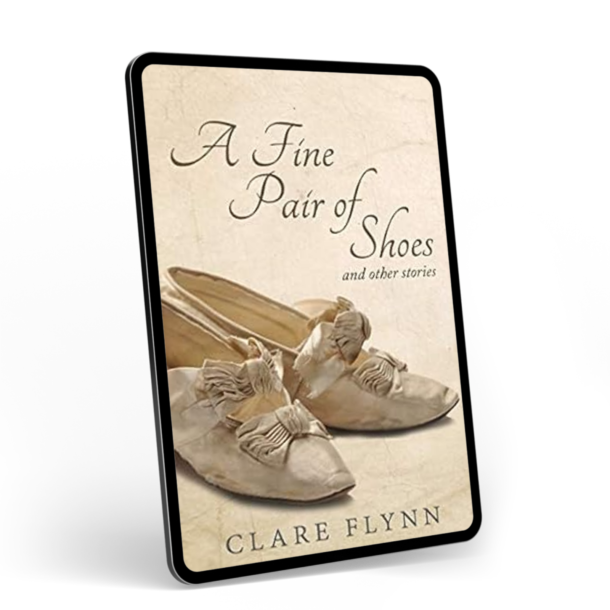
0 Comments